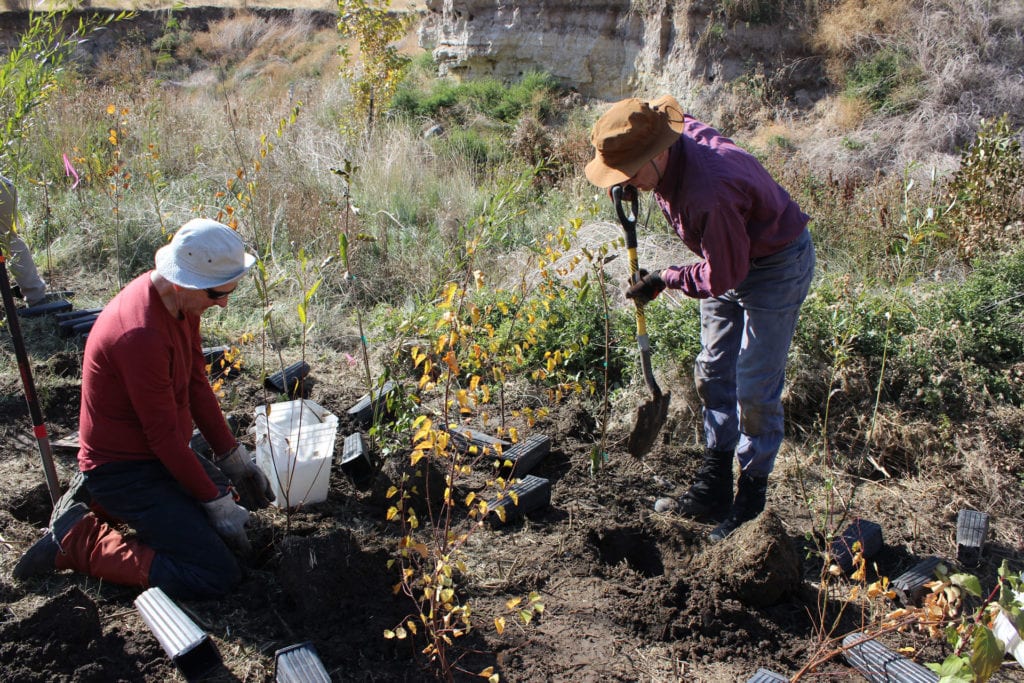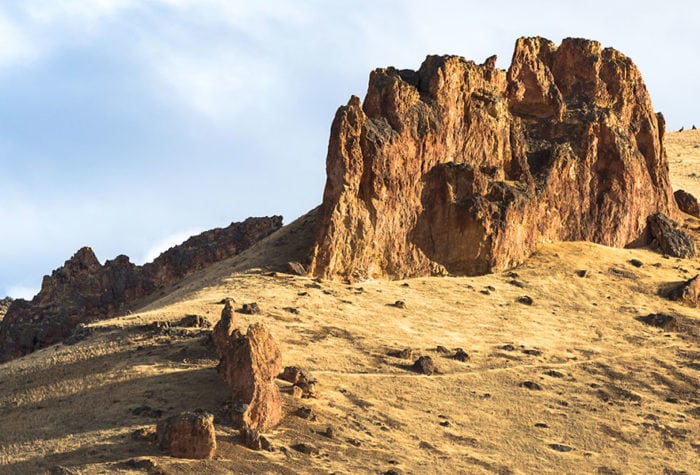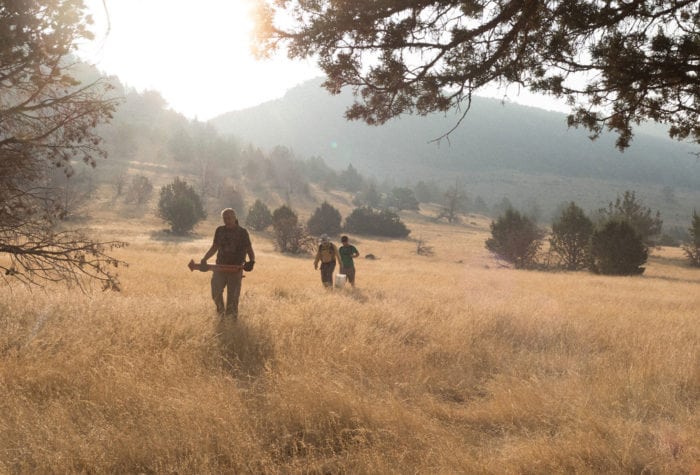Streamside Story: John Hartog

John Hartog is a nature sound recordist based in Portland, who makes quadraphonic soundscape recordings. He finds getting into quiet nature a crucial part of his well-being and can’t get enough of breaking away from the city to do so.
Restoration volunteer work has long been important to John as a way to help our planet, and he was involved with local riparian work in Portland when he was first introduced to ONDA.
At that time, he’d recently taken several trips to the high desert to search for quiet places to record nature sounds. However, even where John could find natural spaces away from noisy highway traffic and the like, he was often left annoyed by the pervasive sound of cattle across otherwise vast and quiet expanses of public lands. After his travels, he saw an Oregon Field Guide episode about Hart Mountain and ONDA’s involvement with fence and cattle removal there. He joined ONDA that day and took part in his first restoration trip shortly after.
On his way to that first volunteer trip with ONDA, he stopped along Highway 26 to dip his hand in the Deschutes River to say hello to the desert; he’s since made that a tradition every time he crosses over Mount Hood. Another memorable moment from volunteering with ONDA came during a fence pull on the remote back side of Pine Creek Conservation Area, when they watched a lightning storm approach at night over distant hills across the John Day River.

“I also hold an amazing feeling of accomplishment through cumulative riparian planting trips, taking bundle after bundle of tree and shrub cuttings, and planting them into the stream banks. More often than not this requires a sledgehammer and long metal spike to pound passages for cuttings through the rocky streambed and into moist ground below. One of my favorite sound recordings of mine is of volunteers pinging sledgehammers on spikes. Sometimes human noise is good.”
Along with riparian restoration work, John has also advocated for desert rivers, by writing to elected officials many times and nominating a stream for Wild and Scenic protection in Sens. Wyden and Merkley’s River Democracy Act.
“This planet is all we really have, and we should treat it as if it were our own body. It is my dream that remaining natural areas like the Owyhee will gain protection from further damage, and then I dream a paradigm shift will ensue towards returning already developed land back to nature — roads can be removed, ecosystems can be reconnected.”
Owyhee Canyon Swallows, Sparrows and Rushing Water
Take a moment to listen to some of John's work, recorded in the Owyhee Canyon.
Listen hereSoundscapes
ONDA Volunteer John Hartog Tells High Desert Stories Through Sounds, Not Words. By John Dulzo Oregon Natural Desert Association volunteers are as diverse as the land they work so hard […]
Read More
